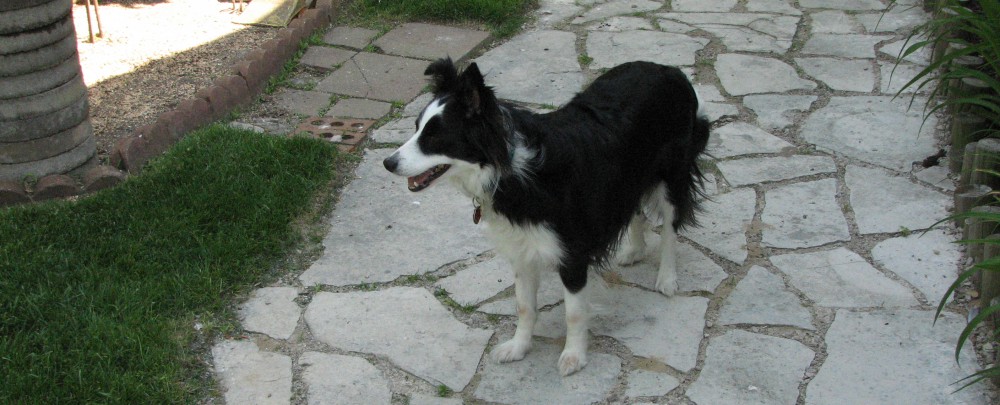Tomorrow at 09:56 UTC (02:56 CA time) the Orbiting Carbon Observatory 2 will be launched into orbit, if everything goes as planned. The goal of the mission is to infer spatio-temporally specific CO2 sources and sinks via continuous atmospheric estimates of CO2 concentrations. [Update: The launch was scrubbed at the last second due to a water delivery malfunction, and is now scheduled for the same time Wednesday]. It’s now been over five years since OCO-1 suffered a rocket failure that destroyed it, and this is the planned follow up mission, and it’s a big deal.
Category Archives: Physics
Global temperature change computations using transient sensitivity, in comparison to AR5
This post is more or less a thinking-out-loud exercise, but I thought I would inflict it on you, since there are not enough blog posts about climate change. It’s a comparison of point estimates of expected global mean surface temperature change, as given by the IPCC AR5, and ones I computed using Transient Climate Sensitivities (TCS).
This was inspired by a recent cartoon in xkcd and a conversation with Brian McGill (starting here) over at Dynamic Ecology. It’s just a cartoon, and the author seems to try hard to get science and stat topics right. But on first look, I thought it was not even “ballpark” correct, except perhaps under the highest radiative forcing (RF) scenario (RCP85), whereas some other people thought it was ballpark OK. Of course, one person’s concept of “ballpark” might not be another’s.
Einstein to Habicht, 1905
So, what are you up to, you frozen whale, you smoked, dried, canned piece of soul…? Why have you still not sent me your dissertation? Don’t you know that I am one of the 1.5 fellows who would read it with interest and pleasure, you wretched man? I promise you four papers in return. The first deals with radiation and the energy properties of light and is very revolutionary, as you will see if you send me your work first. The second paper is a determination of the true size of atoms…The third proves that bodies on the order of magnitude 1/1000 mm, suspended in liquids, must already produce an observable, random motion that is produced by thermal motion. Such movement of suspended bodies has actually been observed by physiologists, who call it Brownian motion. The fourth paper is only a rough draft at this point, and is an electrodynamics of moving bodies which employs a modification of the theory of space and time.
Albert Einstein, letter to Conrad Habicht, May 1905.
From: Isaacson, W. 2007. Einstein, His Life and Universe, p 93. Simon and Schuster.

